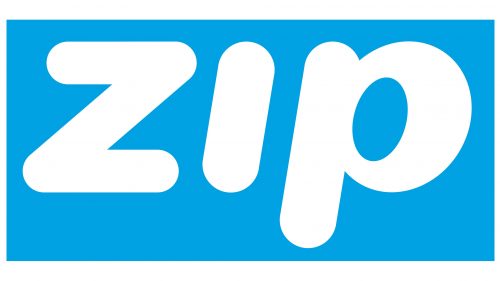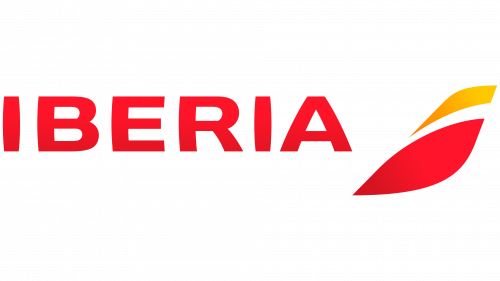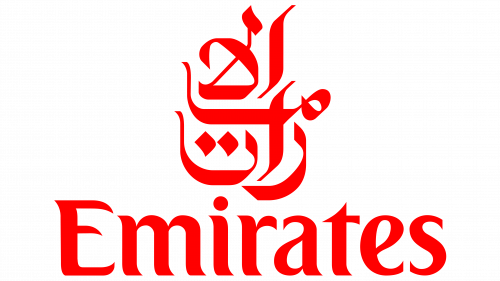The Zip Airlines logo is simple, light, and airy. The color scheme and typography create the image of a dream company that fulfills travelers’ wishes. The emblem conveys the accessibility of flights due to very budget-friendly prices.
Zip: Brand overview
Established in 2002, Calgary-based budget airline Zip was conceived by Air Canada to compete with other growing regional discount carriers. The airline had a modest fleet of Boeing 737 aircraft and operated flights between major Canadian cities and a few select destinations in the United States.
As a subsidiary of Air Canada, Zip positioned itself as a provider of low-cost tickets and minimal service on short- and medium-haul routes departing from Calgary. In 2003, Air Canada took steps to expand Zip’s operations by introducing flights from Winnipeg, thereby expanding its reach.
By 2004, however, it became apparent that Zip was not achieving the financial efficiency that Air Canada had hoped for. Faced with mounting losses, Air Canada decided to discontinue Zip’s operations. In March 2004, after only two years of operation, Zip made its last flight. At its peak, Zip had a fleet of five airplanes serving a network of 12 destinations.
In essence, Zip represented Air Canada’s failed attempt to create a separate budget airline brand in the early 2000s as competition from WestJet and other Canadian budget carriers intensified.
Meaning and History
What is Zip?
It is a Canadian ultra-low-cost airline based in Calgary, Alberta, offering affordable air travel to various destinations nationwide. The company operates a fleet of narrow-body aircraft, such as the Airbus A320 and Boeing 737, configured to maximize capacity and efficiency, allowing it to maintain low operating costs and offer competitive fares.
2002 – 2004
Zip Airlines, which has existed for only two years, made it a branding trick to use three-letter words, which can be seen both in advertisements and on airplanes. Therefore, the Zip logo was very appropriate and fit seamlessly into the concept. White letters are made in the style of “bubble” font, which gives them softness and lightness. The background is a light blue rectangle reminiscent of the sky.
The choice of “bubble” font creates a sense of lightness and informality, which is in line with the airline’s desire to appear accessible and user-friendly. The light blue rectangle is reminiscent of the sky and has a calming effect, making the logo more appealing to potential customers.





